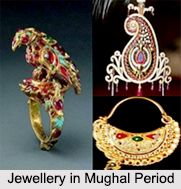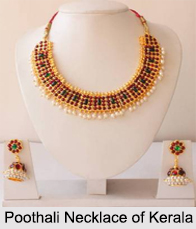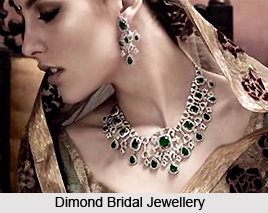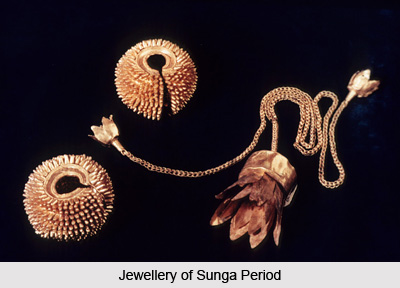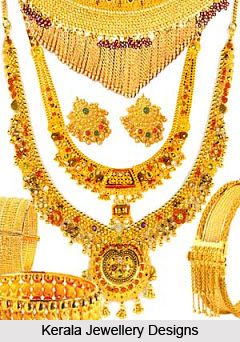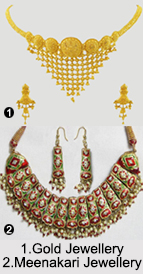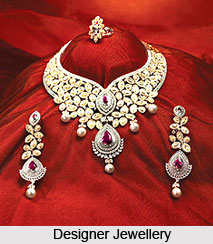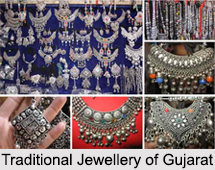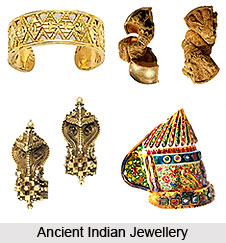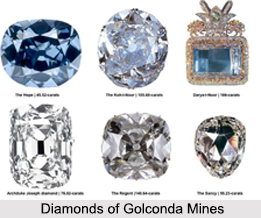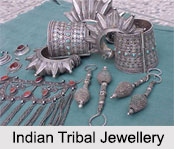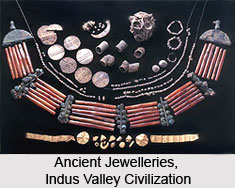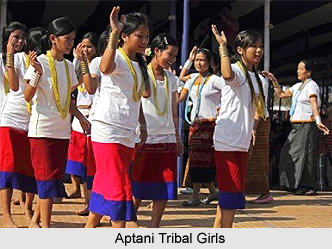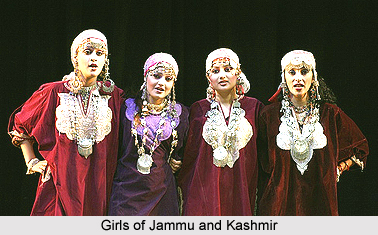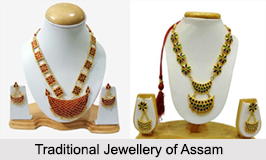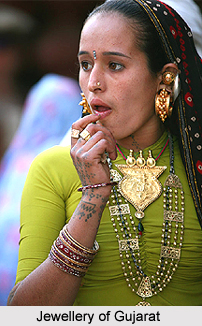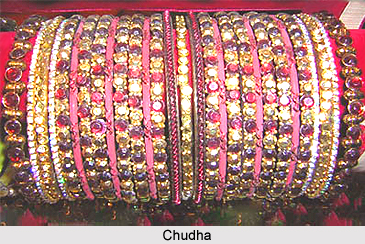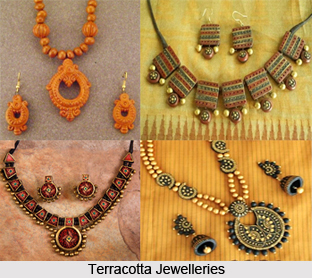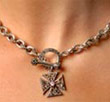 Iron is a lustrous, ductile, malleable, silver-gray metal. They give an ancient yet snazzy look. Iron after rust proofing it is long lasting and can be treasured for a long time. They cannot be worn on a daily basis but are suitable for hangouts. Iron jewellery is gaining more and more popularity among this generation.
Iron is a lustrous, ductile, malleable, silver-gray metal. They give an ancient yet snazzy look. Iron after rust proofing it is long lasting and can be treasured for a long time. They cannot be worn on a daily basis but are suitable for hangouts. Iron jewellery is gaining more and more popularity among this generation.
